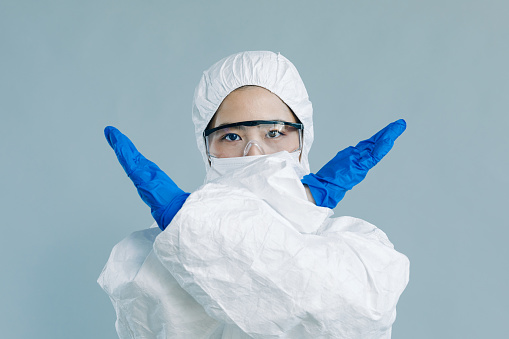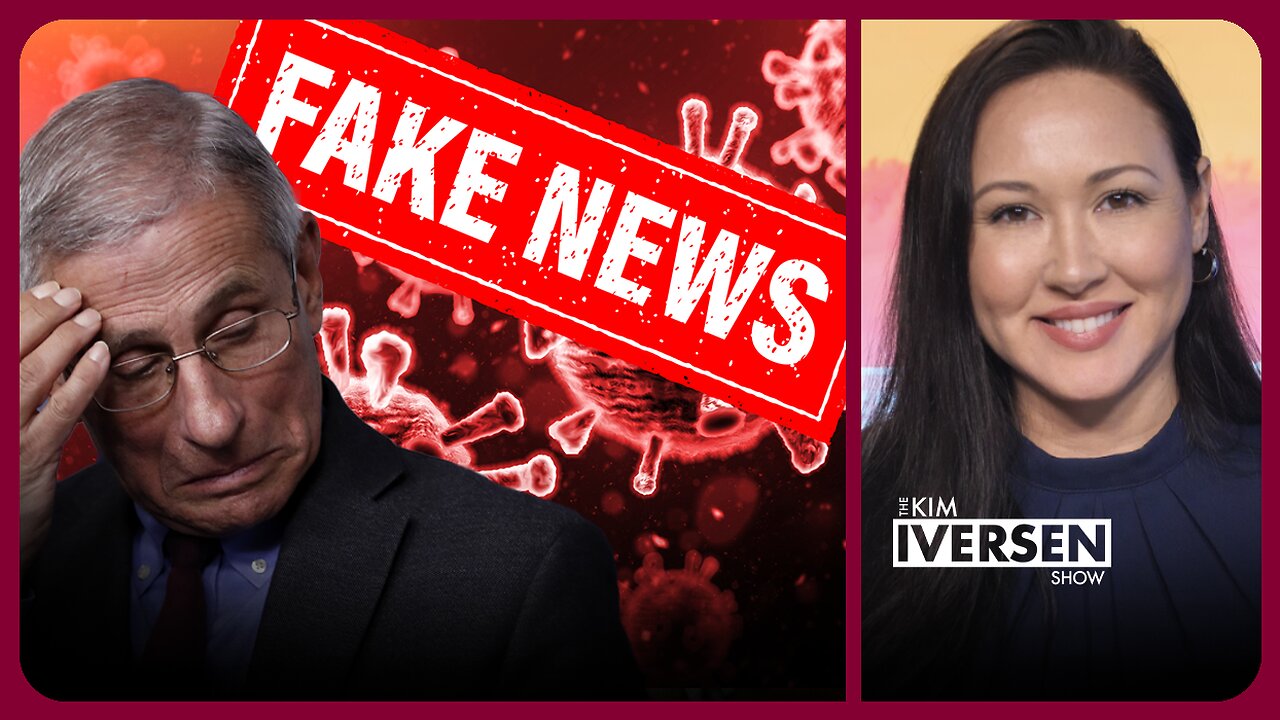That is not a scientific argument.I think it's safe to say that the doctors and other researchers who no longer believe in virology would argue that viroligy is as scientific as scientology. Quoting from the statement that I quoted and linked to in the opening post of this thread:
**
After a century of experimentation and studies, as well as untold billions of dollars spent toward this “war against viruses”, we must ask whether it’s time to reconsider this theory. For several decades, many doctors and scientists have been putting forth the case that this commonly-accepted understanding of viruses is based on fundamental misconceptions. Fundamentally, rather than seeing “viruses” as independent, exogenous, pathogenic entities, these doctors and scientists have suggested they are simply the ordinary and inevitable breakdown particles of stressed and/or dead and dying tissues. They are therefore not pathogens, they are not harmful to other living beings, and no scientific or rational reasons exist to take measures to protect oneself or others against them. The misconceptions about “viruses” appears to largely derive from the nature of the experiments that are used as evidence to argue that such particles exist and act in the above pathological manner. In essence, the publications in virology are largely of a descriptive nature, rather than controlled and falsifiable hypothesis-driven experiments that are the heart of the scientific method.
Perhaps the primary evidence that the pathogenic viral theory is problematic is that no published scientific paper has ever shown that particles fulfilling the definition of viruses have been directly isolated and purified from any tissues or bodily fluids of any sick human or animal. Using the commonly accepted definition of “isolation”, which is the separation of one thing from all other things, there is general agreement that this has never been done in the history of virology. Particles that have been successfully isolated through purification have not been shown to be replication-competent, infectious and disease-causing, hence they cannot be said to be viruses. Additionally, the proffered “evidence” of viruses through “genomes" and animal experiments derives from methodologies with insufficient controls.
**
Full statement:

The “Settling The Virus Debate” Statement
drsambailey.com
I disagree.
Science would require that they falsify the virology theory.
I believe the "Settling the Virus Debate" statement makes it clear that virology has set itself up to be unfalsifiable. As such, it isn't science, but pseudoscience. It's understandable that most people can't see this though. How many people know the methodologies virologists employ, let alone the fact that they have insufficient controls?



